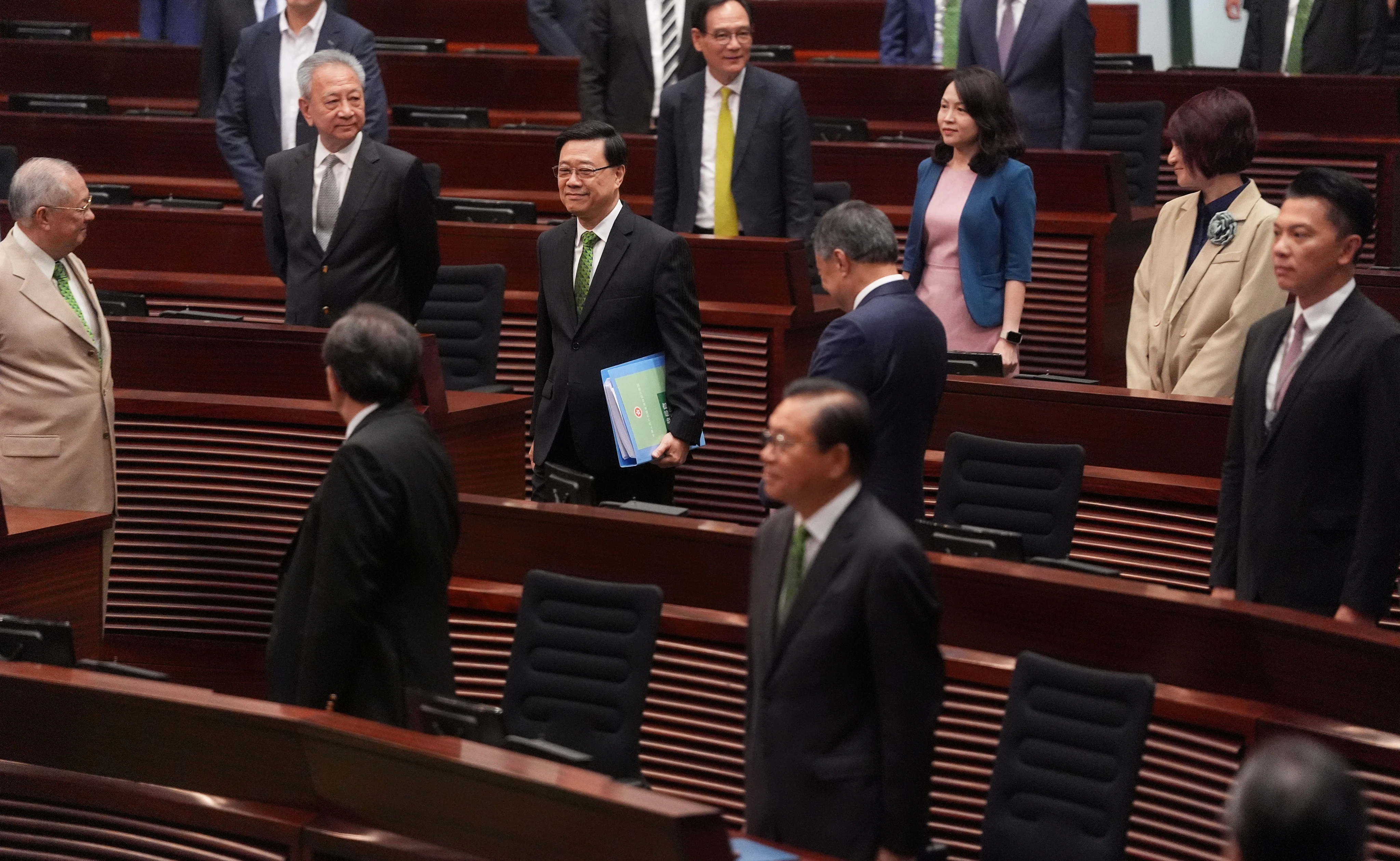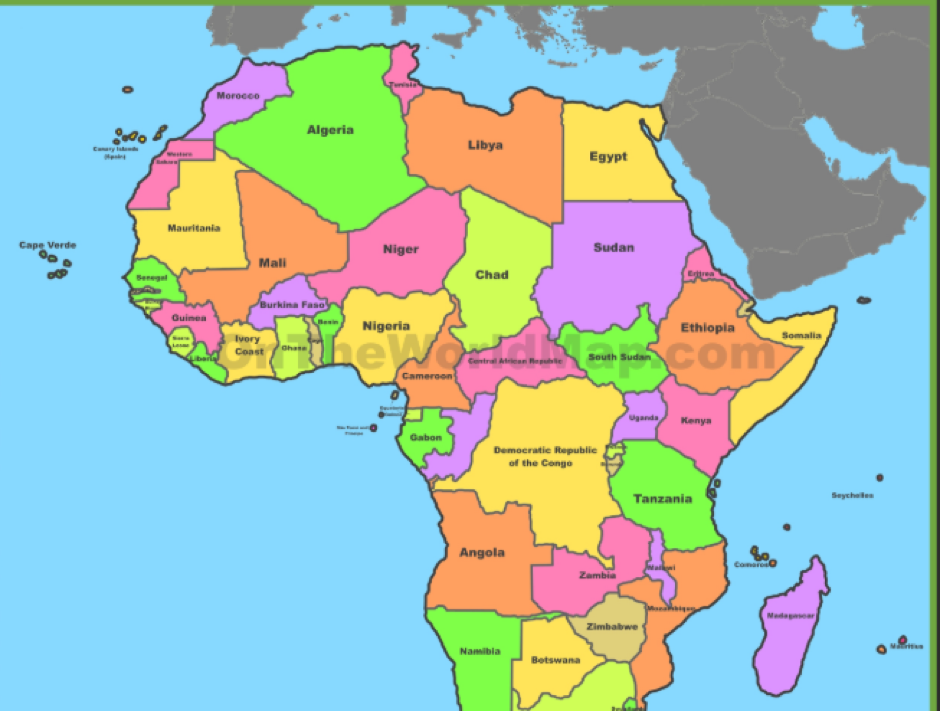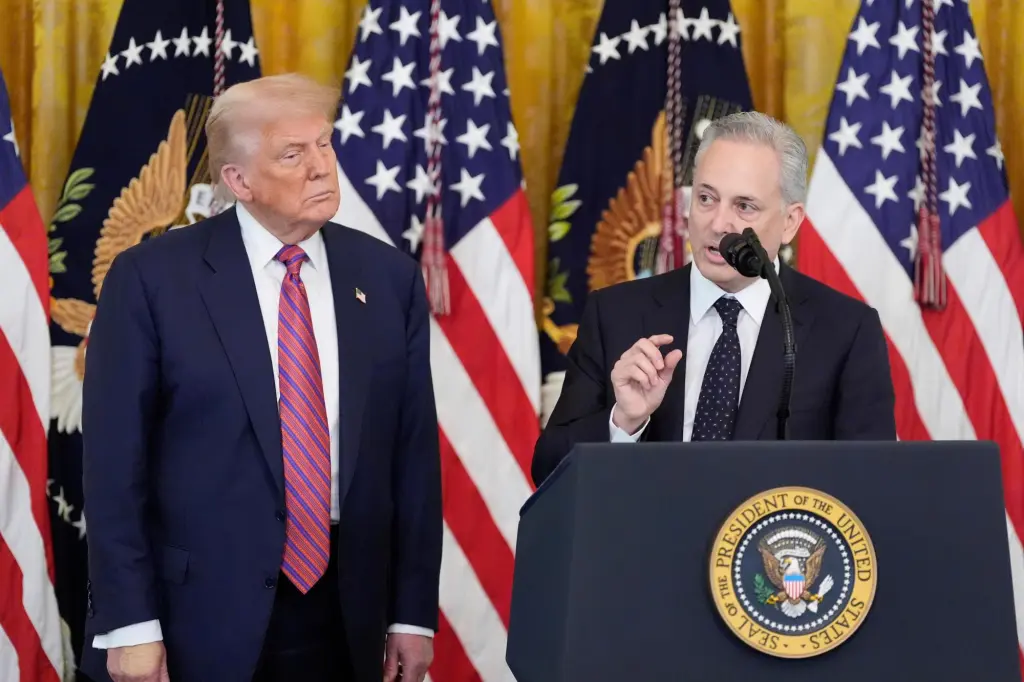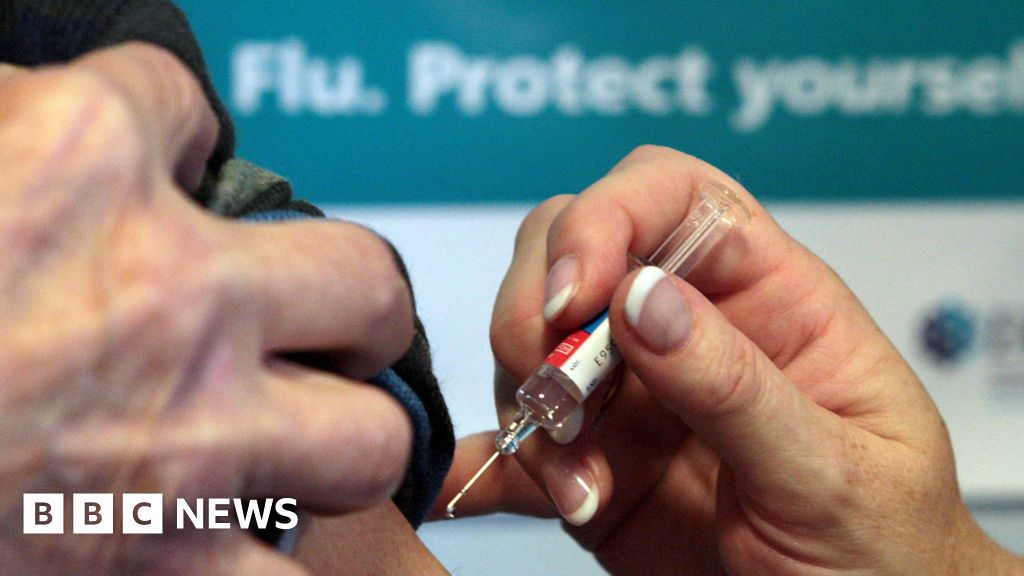By Cannix Yau,Oscar Liu
Copyright scmp

Hong Kong leader John Lee Ka-chiu has mapped out plans to break the city’s economic bottleneck on several fronts, from the food and pet sectors to the low-altitude and new energy industries and beyond.
In his policy address on Wednesday, the chief executive said the latest blueprint served as a road map for the city to achieve a “vibrant economy, pursue development and improve people’s livelihoods”.
“The well-being of our people is intimately linked to the health of our economy, making economic growth the key driver of livelihood improvement,” he said.
He rolled out a host of measures to diversify the city’s economy, ranging from supporting “made-in-Hong Kong” food such as fisheries products and pigs, introducing a pet restaurant licence, offering relief measures for small and medium-sized enterprises (SMEs), promoting commodity trading with tax concessions and developing the low-altitude economy.
The Post looks at the key highlights of Lee’s initiatives to boost the local economy.
Developing the food industry
Beyond promoting food from Hong Kong to mainland Chinese markets, the government has reserved land near the Heung Yuen Wai boundary control point to support the food industry, including wholesale, processing and trading.
The area may be turned into a food industrial park in the long run to attract mainland visitors as part of the tourism drive.
Authorities will seek to increase local mariculture production tenfold within 15 years, with plans to issue licences for four new fish culture zones and provide deep-sea cages for rental by the fisheries industry.
The livestock sector will be given support to construct the first environmentally friendly, multi-storey pig farm in Lo Wu, while the Agricultural Park Phase 2 development will be used to promote leisure farming and fisheries.
Promoting a pet economy
Authorities are hoping to tap into the more than 240,000 households that keep 400,000 cats and dogs as pets – a group that could generate enormous demand for areas ranging from food, healthcare to insurance and grooming.
A licensing arrangement will be introduced to allow restaurant operators to let pets enter their premises with clear signage being put up.
A government source said the first licences would be issued from the middle of next year, ending the ban on pets from entering eateries since 1994.
“The move will help Hong Kong’s struggling restaurant industry,” the source said.
Hong Kong General Chamber of Commerce CEO Patrick Yeung Wai-tim said the initiatives on the pet economy and made-in-Hong Kong food were “definitely worth trying”.
“In Hong Kong alone, the pet industry is growing strongly, so when you couple this with the mainland market, Asean and the West, pet lovers, it is a significant sector,” he said.
Support for SMEs
Lee rolled out 11 measures to enhance support for SMEs, including extending the application period for the 80 per cent financing guarantee scheme for two years and the principal moratorium arrangement for one year. Another measure reduces water and sewage charges for non-domestic accounts by 50 per cent, subject to a monthly ceiling of HK$10,000 (US$1,285) and HK$5,000 respectively per account.
Fees for the first issue or renewal of licences and permits, including those for hawkers, food businesses, agriculture and fisheries industries and liquor licences will be waived for one year, which is expected to benefit more than 60,000 licensees.
Lee also earmarked an additional HK$30 billion in the next two to three years for capital works projects on top of an annual HK$120 billion for the coming five years to drive sustained economic development and to support the construction industry.
A marketing Dedicated Fund on Branding, Upgrading and Domestic Sales for SMEs will be injected with HK$1.43 billion to cover eight more economies, including belt and road countries.
“The arrangements will effectively improve SMEs’ liquidity and help them look for more business opportunities,” said Federation of Hong Kong Industries chairman Anthony Lam Sai-ho.
Promoting commodity trading
The government will table legislative amendments in the first half of next year to offer half-rate tax concessions at 8.25 per cent for commodity traders on energy and agricultural products, and precious metals to attract investors. It expects the move will generate HK$4.6 billion a year in economic benefits.
“The move will make Hong Kong more competitive when compared with Singapore, which is only charging a 5 to 10 per cent tax rate on commodity traders,” a source said.
Developing the low-altitude economy
The government will forge ahead with building a competitive low-altitude economy by rolling out more drone pilot projects.
Low-altitude activity refers to those in the airspace below 1,000 metres (3,280 feet), including goods delivered by drones or passenger flights using electric vertical take-off and landing aircraft.
Following the launch of 38 regulatory “sandbox” projects in March to foster drone delivery and rescue services, another advanced “sandbox X” pilot project would be launched next year to cover complex scenarios such as cross-boundary routes, passenger-carrying low-altitude aircraft for tourism and goods delivery purposes, Lee said.
New energy industry
Lee said the government would work with mainland authorities to enable a local enterprise, one of the world’s major sustainable aviation fuel (SAF) suppliers, to develop its business in the Greater Bay Area to dovetail with the specified target SAF consumption ratio for flights departing from Hong Kong by 2030.
City authorities were also moving forward with hydrogen energy development, with 28 hydrogen energy trial projects under way, he said.
Key initiatives include establishing hydrogen standard certifications, building more public hydrogen filling stations on Hong Kong Island and in Kowloon and developing the GBA Hydrogen Corridor with Guangdong province.
A government source said authorities had already found a consultant to study the certification to be completed next year.



